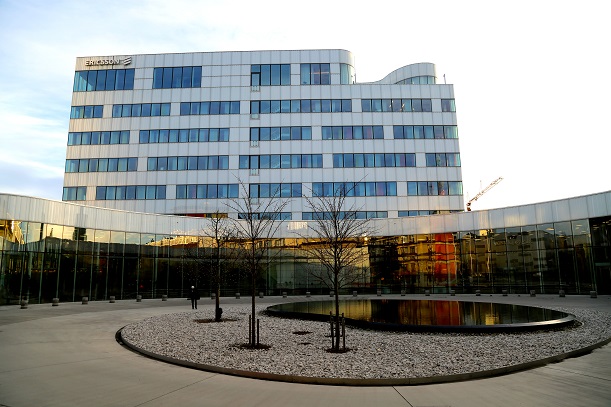Three carrier aggregation is “maturing”, Ericsson has claimed, after demonstrating the technology with a 256 QAM modulation scheme in a trial with China Mobile.
The demonstration was held in Beijing with commercially available LTE and evolved packet core software. Ericsson also used its multi-standard RBS 6000 base station, claiming the trial marked the first time the tech was demonstrated using commercially available products.
A theoretical LTE downlink throughput of 426MBps in TDD mode was hit during the trial. Ericsson said the demonstration showed how operators with TDD LTE spectrum could improve their networks’ speed, efficiency and coverage.
Chris Houghton, Head of Region North East Asia, Ericsson, said: “This is an important step in the evolution of LTE to deliver even higher bitrates and further increase system capabilities for improved app coverage and best user experience.”
Earlier this month, Ericsson’s rival Nokia Networks also claimed a first in hitting speeds of 375MBps in tri-band FDD demonstration with TeliaSonera.
The trial involved Nokia combining 2x20MHz bands from 1800MHz and 2600MHz, as well as one 10MHz chunk from 800MHz.
Nokia said the trial helped show European operators how to embark on tri-band LTE-Advanced, as the spectrum used was a typical combination held by telcos.
Swisscom will launch a tri-band LTE FDD/TDD network from next summer, when compatible handsets become commercially available.
The operator’s Füssli shop has already been equipped with the tech. Swisscom will extend this to metropolitan areas before the middle of 2016.



